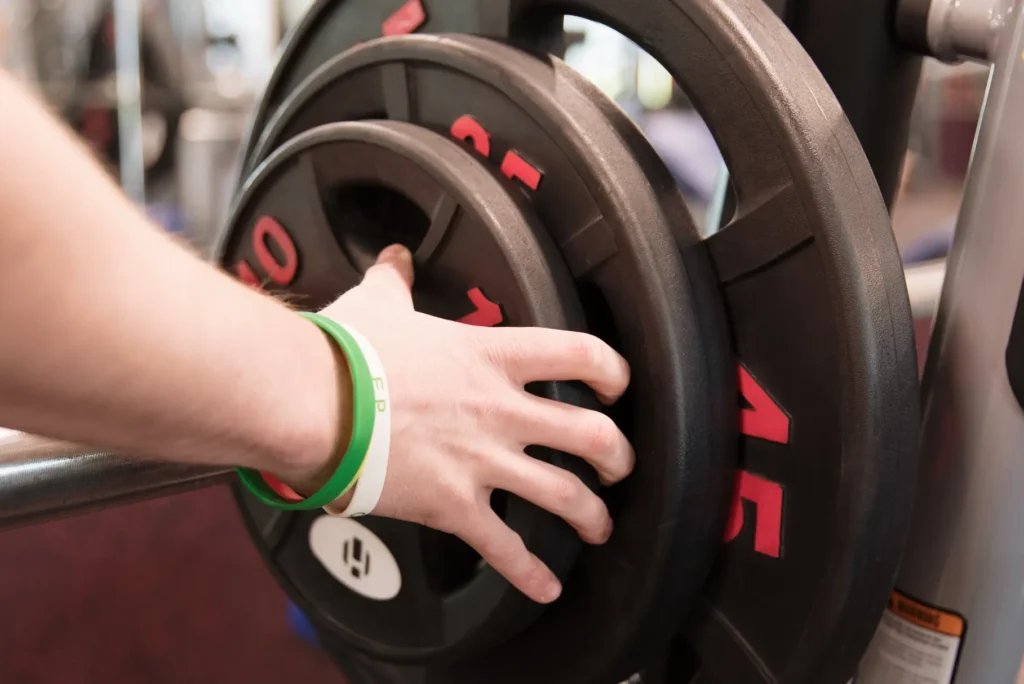In the journey to getting those muscle gains, you can’t neglect the role of compound weight lifting. This article aims to shed light on how incorporating compound lifts into your workout routine can maximize muscle gains and enhance your overall strength.
What is compound weight lifting?
Compound weight lifting refers to exercises that engage multiple muscle groups and joints simultaneously. Unlike isolation exercises that target a specific muscle, compound lifts provide a more comprehensive workout, leading to greater strength and muscle mass gains. These exercises mimic natural movements, making them not only effective for muscle building but also functional for everyday activities.
The importance of compound lifts in muscle building
Compound lifts allow you to lift heavier weights, leading to greater stress on the muscles and, consequently, more significant muscle growth. Additionally, compound lifts elevate your heart rate, providing a cardiovascular benefit and burning more calories. By engaging multiple muscle groups, they also help in achieving a balanced and symmetrical physique.
How do compound exercises stimulate hypertrophy?
Compound exercises are particularly effective in promoting hypertrophy because they generate both mechanical tension and metabolic stress. By engaging multiple muscle groups, they create a more significant overall load on the body, leading to greater muscle activation and growth. Furthermore, the complexity of compound movements leads to increased neural adaptations, enhancing muscle coordination and strength.
Key compound lifts for maximizing muscle gains
Now let’s see what are those compound lifts:
Squats: The king of compound lifts
Squats are often hailed as the king of all exercises, and for good reason. They engage the entire lower body, including the quadriceps, hamstrings, glutes, and calves, as well as the lower back and core for stabilization. By varying squat types, such as back squats, front squats, or sumo squats, you can target different muscle groups and add diversity to your routine.
Deadlifts: The ultimate strength builder
Deadlifts are another powerhouse in the realm of compound exercises. They work the posterior chain, including the lower back, glutes, hamstrings, and even the upper back and traps. Deadlifts are essential for developing overall strength, improving posture, and enhancing athletic performance.
Bench Press: Building a powerful upper body
The bench press is a staple for upper body strength, targeting the chest, shoulders, and triceps. It’s a versatile exercise that can be performed with a barbell or dumbbells and can be adjusted with incline or decline variations to focus on different parts of the chest.
Pull-ups and rows: Enhancing back and arm muscles
Pull-ups target the upper back, lats, and biceps, while rows focus on the middle and lower back, lats, and rear deltoids. Incorporating different grip widths and angles can help target various muscle groups more effectively.
If you are looking for a personal trainer in St Augustine who can help you with creating a customized workout plan that focuses on compound lifts, then visit HiTone Fitness. Our experienced trainers will create a perfect workout plan based on your current fitness levels and previous injuries, which is crucial before performing compound lifts.
Optimal nutrition for muscle growth
A diet rich in protein is essential for muscle repair and growth, with a recommended intake of 1 gram of protein per pound of body weight per day. Carbohydrates are also important for energy, while healthy fats support overall health. Hydration and micronutrients play a vital role in muscle function and recovery.
The importance of rest and recovery
Adequate rest and recovery are just as important as the workouts themselves. Muscles grow during rest periods, not during the actual lifting. Aim for 7-9 hours of sleep per night and consider incorporating active recovery days or light cardio to aid in muscle recovery. Additionally, techniques like foam rolling, stretching, and massage can help reduce muscle soreness and improve flexibility.
Final thoughts
Incorporating compound lifts into your workout routine, along with proper nutrition and recovery practices, can significantly enhance muscle hypertrophy. By focusing on key compound lifts, creating a balanced workout plan, and adhering to the principles of progressive overload, you can maximize your muscle gains and achieve a strong, well-defined physique.







